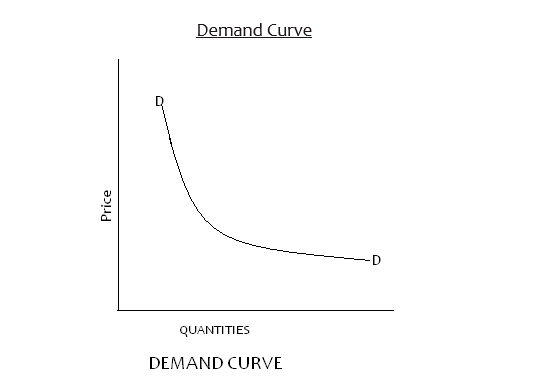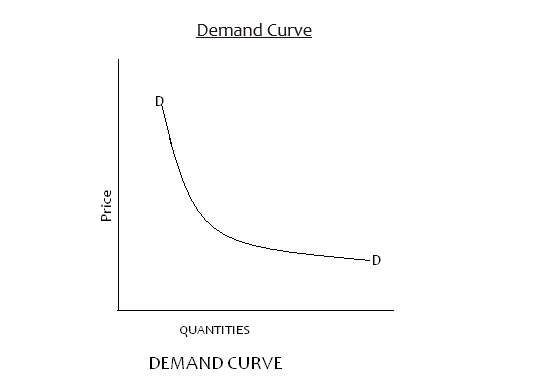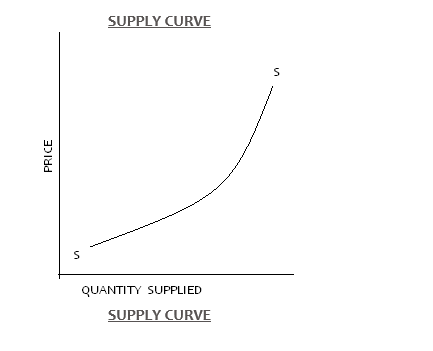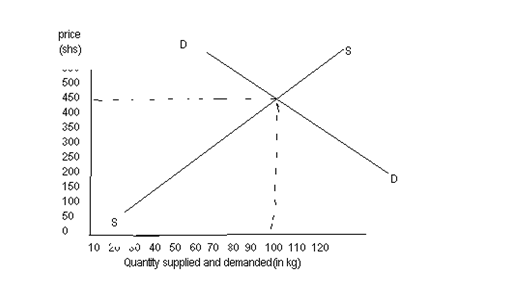Introduction
- Agricultural marketing is an economic activity which involves the distribution of farm produce from the farm to the consumer.
Market and Marketing
- Market is an institution for the exchange of goods and services or a place where selling and buying of goods takes place.
- Marketing refers to the flow of goods and services from the producer to the consumers.
Marketing Functions
- Transportation – Movement of goods from production centres to the consumption centres.
- Buying and selling – Purchase of goods from the producer to be sold to the consumer.
- Storage – Agricultural products are seasonal hence storage is necessary.
- Processing-Changing of raw form into utili sable form.
- Grading and standardisation – Sorting into uniform lots of certain qualities.
- Assembling – Collecting the farm produce from the farm to the market centres.
- Collecting market information – To know the prices, supply and demand of certain commodities.
- Advertising – Making the consumers aware of the produce.
- Bearing of risks – Such as fire risk, price fluctuation.
- Financing or expenditure on other processes
- Packaging or putting into small packs and labelling.
- Packing or putting produce In containers such as bags.
Marketing Agencies and Institutions
- Middlemen (itinerant trader) – are the people who buy from the producer and sell to other agencies.
- Wholesalers – Buy in bulk and sell to the retailers.
- Retailers – Buy from the wholesalers and sell in small units to the consumers.
Problems in Marketing Agricultural Produce
- Farm produce are bulky, that is weight and volume are high but low in monetary value thus difficult to transport.
- Most of the agricultural products are perishable for example milk, vegetables and fruits.
- Storage problems (since they are bulky they require a lot of space).
- Lack of proper transport system since agricultural products are in the rural areas and the market are situated in urban centres.
- Lack of market information hence farmers are exploited by middlemen.
Price Theory
- Price is the amount of money paid in exchange for goods or services.
- Price theory is concerned with the determination of price of any commodity.
- Price is determined where demand for and supply of any commodity are equal to each other.
Demand
- It is the quantity of any commodity which is purchased at any price within a given time.
- The law of demand states that quantity demanded changes inversely with the price.
Demand Curve
- The curve slopes from left to right downwards.
- This means people buy more at lower prices and vice versa


Factors Affecting the Demand of a Commodity
- Population
- Income of the consumer.
- New inventions.
- Taste and preference of the individual.
- Price of the substitute commodities.
- Price expectations.
- Advertisement.
- Culture and social values of the consumers.
- Price of commodities having joint demand for example tractors and diesel.
Elasticity of Demand
- It is the responsiveness of demand to a change in price.
- Elasticity of demand = Percentage change in quantity demanded
Percentage change in price
Types of Elasticity of Demand
- Elastic demand is one where the ratio is more than 1.
- Unitary elasticity is one where the ratio is equal to 1.
- Inelastic demand is one where the ratio is less than 1.
Supply
- Supply is the quantity of any commodity which is offered for sale at any price at a given time.
- The law of supply states that when price rises, quantity supplied increases and when price falls quantity supplied decreases (other factors held constant).
- The curve rises from left to right upwards.
- This means that people are willing to offer more for sale at higher prices.

Factors Affecting Supply of a Commodity
- Number of sellers
- Price of substitute commodities.
- New technology.
- Price expectation.
- Peace and security.
- Weather conditions.
- Policy of the government.
- Cost of production of the commodities.
Elasticity of Supply
This refers to the rate at which quantity supplied changes due to a change in price level.
Percentage change in quantity supplied
Elasticity of Supply= Percentage change in Price
Type of Elasticity of Supply
- Elastic supply one where the ratio is more than 1.
- Unitary elasticity of supply is one where the ratio is equal to 1.
- In elastic supply is one where the ratio is less than 1.
- One of the problems of agricultural produce is that supply does not readily adjust to price changes.
Equilibrium Price
- Is the price at which demand and supply are equal.
- That means whatever is offered for sale at the market is bought.
- In the graph below, the quantity supplied and demanded are equal at a price of Shs.300 and quantity of 80kg.
- At this point the price is higher than shs.300 then the supply will be greater than demand and there will be surplus hence price will fall.
- If, on the other hand, the price is less than shs.300 demand will be greater than supply hence shortage and rise in price.

Agricultural Organization
- Agricultural organizations are agencies which, through their activities, promote agricultural development.
- These organizations are co-operatives and statutory boards.
Co-operatives
- A co-operative is an organisation of people with a common aim of pooling their resources to achieve their objecti
Functions of Co-operatives
A co-operative society carries out the following functions:
- Collecting and assembling members’ produce.
- Processing the farm produce after collecti
- Transportation of members’ produce to market poi
- Negotiation of fair prices with the purchasing agencies for the members’ produc
- Purchase and distribution to members of farm inputs.
- Storage of members’ produce before transmission to market points.
- Provision of credit facilities to members on easy terms.
- Training and education of members on improved farming techniques.
- Offering farm machinery services to their members on hire terms for farm operati
- Co-operatives may invest in other viable ventures and the profits realised are shared among members in form of dividends or bonus
Formation and Structure of Co-operatives
The formation of a co–operative takes the following stages:
- Individuals with common interest collect together to form a primary co- operative society
- At least ten (10) members qualify for registration.
- Each primary co-operative society elect their office bearers consisting of chairman, secretary and treasu
- Several primary co-operative societies are usually amalgamated to form a district co-operative union.
- Tertiary co-operative unions are nationwide organizations to which the secondary co-operative unions are affiliate
- Examples are Kenya Planters Co-operative Union, Kenya Farmers Union, Kenya Co-operative Creameries, Co-operative Bank of Kenya, etc.
- Apex organization This is represented in Kenya by Kenya National Federation of Co-
operatives which is an affiliate of the International Co-operative Alliance.
Problems Facing Co-operatives
Co–operatives encounter the following problems in their operations:
- Managerial problems arising from:
- Financial mismanagement due to poor accounting.
- Corruption and misappropriation of cooperative resources by the personnel in the syste
- Lack of advisory services on technical operations.
- Inability to meet the set obligations of providing credit facilities due to malpractic
- The nature of agricultural products and associated problems.
- Bulkiness hence difficulties in transportation and storage.
- Perishability of produce hence difficult to sustain quality.
- Inadequate capital to invest in the cooperative undertakings.
- Transport problems due to poor roads.
- This hampers the produce getting to the market points in ti
Statutory Boards
- A statutory board is an organization established by an Act of Parliament and charged with the running or managing of a certain industry within the government s
Marketing Boards
- Some of the statutory boards are charged with the marketing of certain farm produce and are thus called marketing boards.
- Examples are the Coffee Board, Pyrethrum Board, Cotton Seed and Lint Marketing Board, Tea Boards, National Cereals and Produce Board, Kenya Meat Commission, the Dairy Board of Kenya and others.
- Their marketing functions are to look for market and better prices.
Research Organization
- These are research centres which among other things, carry out research and trials on:
- Development of new varieties and cultivars of crops.
- Breeding disease and pest resistant varieties of crops and types of animals.
- Adaptations of crop and livestock species to ecological conditions of certain areas.
- Use of fertilizers and pesticides on crops in specific areas.
- Development of early maturing and high yielding species.
- Soil testing and crop analysis. Advisory services of agro-economic aspects.
Other Organizations
Kenya National Farmers’ Union negotiates for:
- Reasonable and affordable prices of farm inputs.
- Better prices for farm produce.
- Better credit facilities.
- Better control of diseases and pest.
Agricultural Society of Kenya
- Organizes agricultural shows in the country.
- Encourages improvement of livestock through exhibitions and educating farmers
- Organizes the running of young farmers’ clubs.
- Organizes and finances the ploughing contests during which farmers learn the modern techniques of seedbed preparation.
- Publish “Kenya Farmers” magazines.
Young Farmers and 4–K Clubs.
These are student organizations whose objectives are:
- To expose the young students and encourage them to appreciate agriculture as a profession in their career.
- To encourage the youth to develop leadership qualities through assignment of small farming projects.
- Organizing students exchange programmes with other club members both locally and abroad.
- To develop better farming skills through judging competitions, annual rallies and camps.
Agricultural Based Women Groups
- These are self-help groups whose objective is to uplift the economic status of their members by carrying out agricultural related activities.
Their success depends on the following factors:
- Commitment of their leaders.
- Motivation of the members.
- Sacrifice for each other.